A bold new vision of the collaborative workplace is trying to keep pace with the rapidly evolving idea of work in the knowledge economy
As a majority of us have successfully transitioned into economic activity that is not the traditional brick-and-mortar role, our ideas of workplaces and the nature of work itself have rapidly evolved in the last two decades. Mobility, flexibility, collaboration, agility and technology are some of the words that would more appropriately describe the work environment today.
With ever-expensive real estate, crumbling city infrastructure, better Internet services and powerful computing in mobile devices, it makes a lot of sense on the part of the corporate world to come up with policies that can change the ways day-to-day business is carried out.
What is interesting to see is what can still take place at the office building in terms of the ‘hangout’ space they offer and a potential new role they can assume. How are the conference rooms getting redefined and how is the reception changing, what is happening to the individual desk and most importantly, how do we work from home?
Work, in its larger socio-cultural context has dissolved the geographical boundaries as well as the limits of typical work time. There is a very significant phenomenon of a café, the place that is in between the home and office. A lot of people work from a place that is not provided by their employers.
A typical knowledge worker spends more time collaborating with others than finishing a task individually. The collaborations are extremely flexible and are organized around larger ideas or specific projects and not just singular functions.
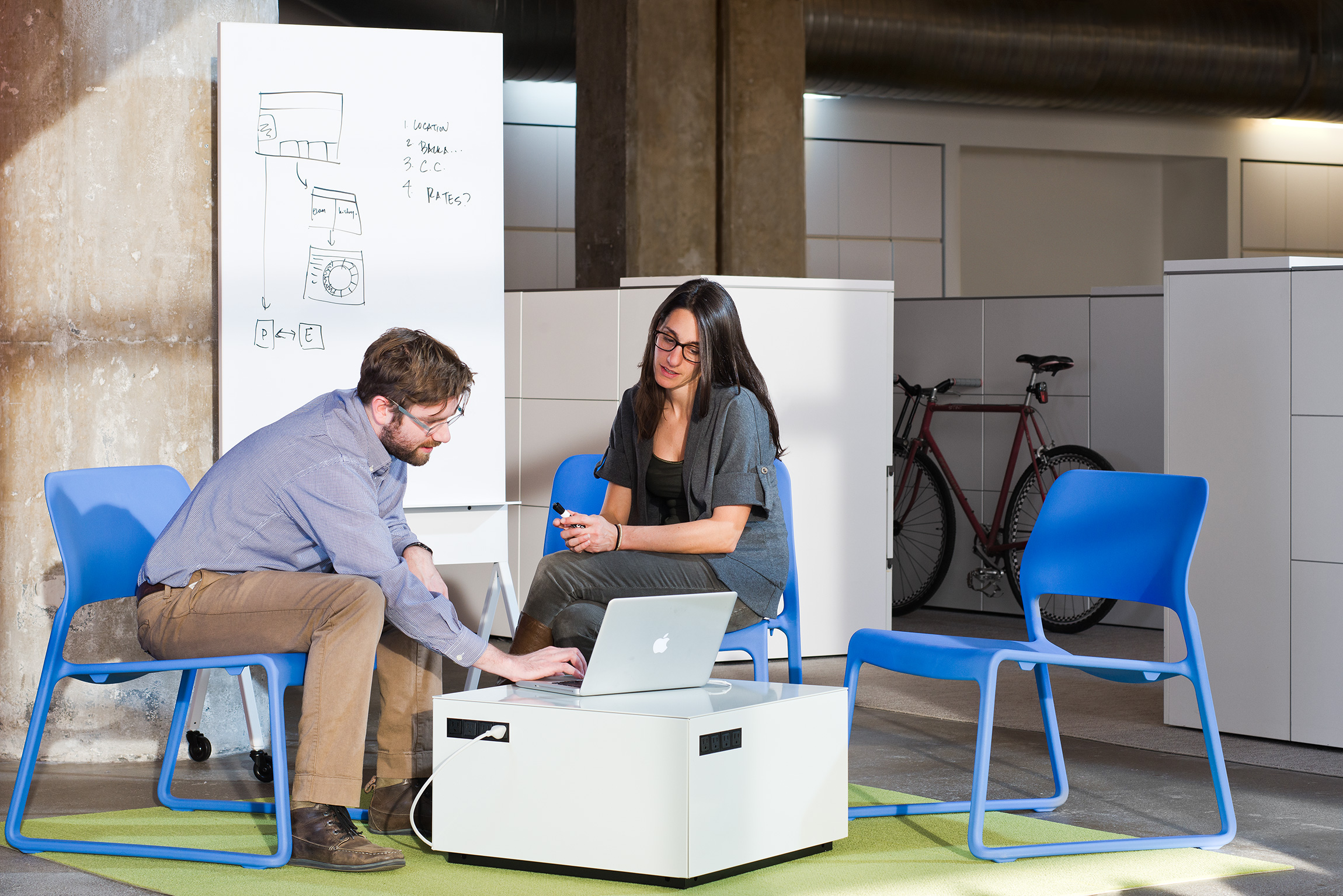
Another fascinating story is of real versus virtual world. There is such a rise in using the virtual medium to interact and collaborate that the real face-to-face interactions are set in a context that provides a very different meaning to the individual. Humans need this interaction to feel invigorated with a sense of being socially connected and hence the ‘office’ needs to be a place to exactly do that as much as possible.
Contrary to this understanding, a whole lot of offices are still designed to carry out an individual task in a structure and order that can only be termed extinct.
One of the most challenging things that a furniture designer is facing today is the rapidly diminishing need of a ‘work surface’. The possibility of the mouse and keyboard combination getting thrown out is looming large. The ubiquitous touchscreen now demands a new interpretation of ergonomics of the classic work desk and chair arrangement.
Offices now need long desking and more collaborative tools and meeting time. People assume completely new work postures because of new devices and technology. All these factors are defining a new language of office interiors. Unfortunately technology at work is changing way faster than office furniture can handle.
Not so surprisingly, office furniture manufacturers are watching these shifts with an enormous sense of scrutiny and are trying to piece together a futuristic yet plausible vision of the workplace. Steelcase, Allsteel, Ruckstuhl, Davis, Knoll and Keilhauer regularly conduct comprehensive research with multi-disciplinary teams and recruit world class designers to come up with solutions that can potentially give them breakthrough advantages in a lucrative market.
-
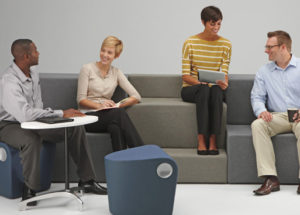
Allsteel ‘Rise’ tiered modular stadium seating supports all kinds of casual work postures while brainstorming and sharing.
-
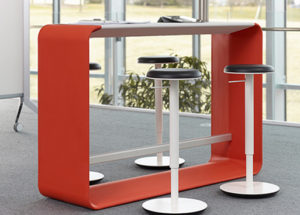
The Hoop by Haworth is a standing-height, low footprint table for impromptu conversation in a small group. Its lightweight construction makes it easy to pull around.
-
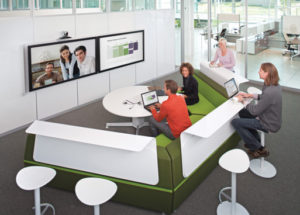
Steelcase’s Media:scape integrates furniture and technology to democratize collaborative presentations across geographies.
-
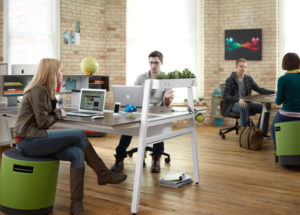
Steelcase’s Buoy seating solution that encourages free mobility and offers customization with portability and height adjustability.
-
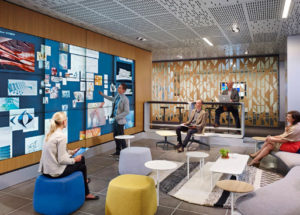
Haworth’s Bluescape is an infinite collaborative workplace platform. This cloud based solution can be accessed through large hi-definition touch screens, iPads and laptops alike.
-
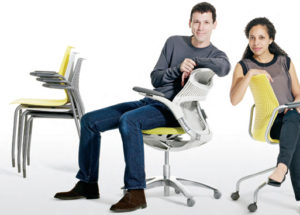
Multigeneration Chair by Knoll allows the users to sit the way they want promoting collaborative scenarios and casual atmosphere.
-
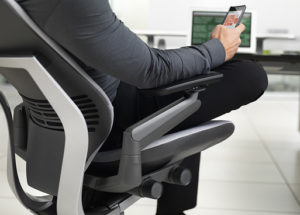
Steelcase’s award winning Gesture chair supports all new postures that arise out of new age touchscreen devices at work.
-
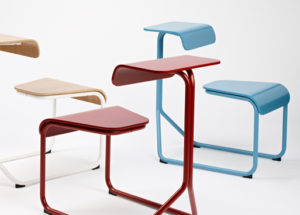
Knoll’s Toboggan chair-desk is an innovative accessory for groupings in a multi-use space. One can practically turn around 360 degrees facilitating conversation.
-
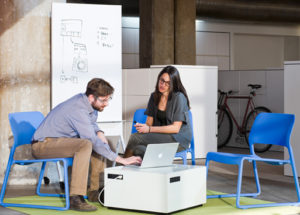
Knoll’s Powercube supports casual collaborations anywhere in the office. It has a simple design that fits in with any aesthetic and can be paired with a wide range of seating.
